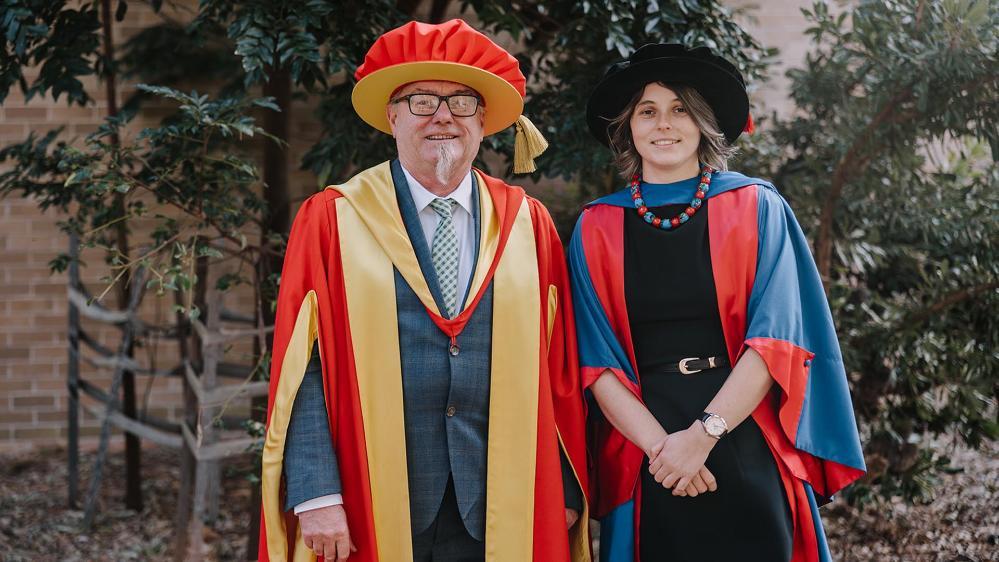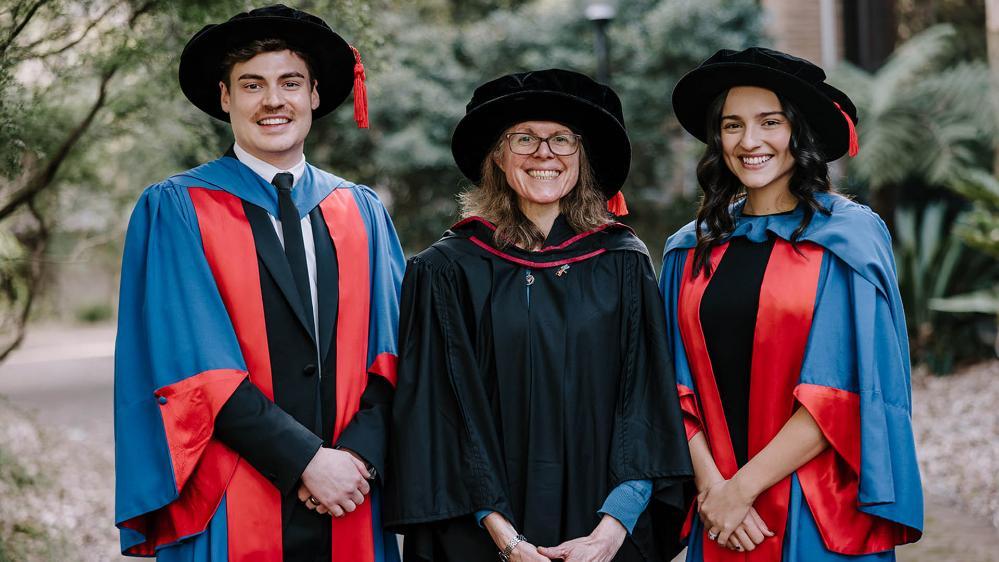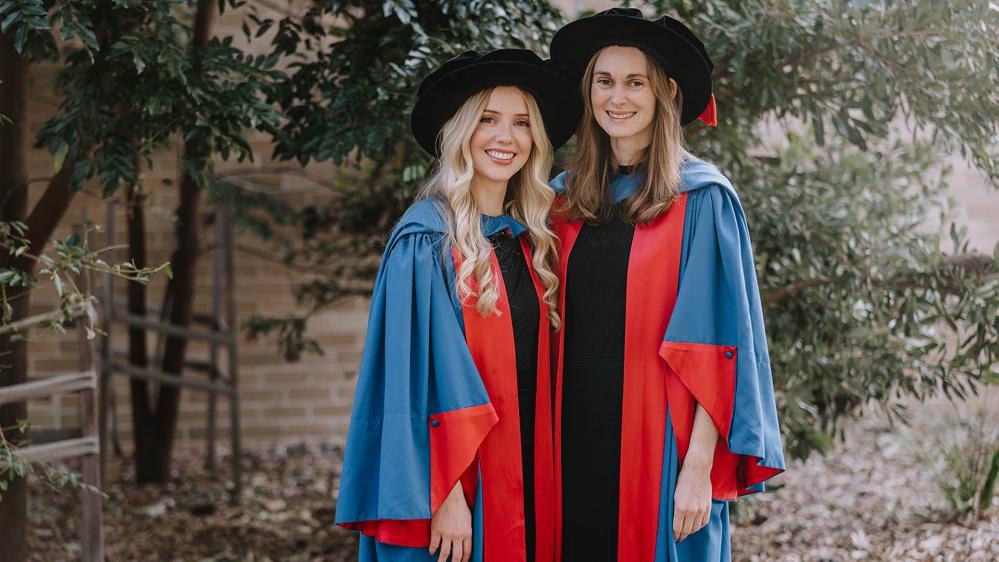Building a new generation of bioengineers
These PhD graduates are helping shape the future of medical manufacturing
August 4, 2025
From 3D bioprinting to cancer diagnostics, UOW’s new cohort of medical innovators are turning research into impact
A cohort of PhD graduates from the University of ÌìÃÀ´«Ã½’s Intelligent Polymer Research Institute (IPRI) is moving into the next phase of their careers, bringing with them the research expertise, technical capability and resilience needed to help advance Australia’s growing bioengineering and medical manufacturing sectors.
Their work spans tissue engineering, personalised medicine, and advanced diagnostics – fields that are rapidly evolving thanks to breakthroughs in biomaterials, cell processing and 3D bioprinting that have unlocked new possibilities for how we treat disease, repair tissue, and manufacture medical solutions locally.
Professor , IPRI Founder and Director, says the group’s achievements reflect a wider shift in how research connects to real-world outcomes.
“This is about creating a new, commercially viable manufacturing sector that delivers bioengineered products right here in Australia,” Professor Wallace says. “We’re not just training researchers, we’re helping shape a workforce that can deliver real bioengineered products.”

IPRI Founder and Director Distinguished Professor Gordon Wallace with PhD graduate Anna Kulaga.
From diabetes to diagnostics: translating lab research into health impact
Among the graduates is Anna Kulaga, whose PhD focused on using 3D bioprinting to improve the survival of islet cells used in diabetes treatment. Her printed constructs can be implanted beneath the skin – a minimally invasive approach with promising clinical potential.
Eileen Stacey developed a point-of-care bioprinting system for traumatic wound treatment, printing skin substitutes directly into wounds to facilitate the regeneration of new skin. Driven by a deep interest in the intersection of human physiology and engineering, Eileen is passionate about developing medical technologies with a focus on their successful translation into clinical practice.
Mitchell St Clair-Glover engineered sensory nerve models using stem cells and printable hydrogels, building lab-grown systems for pain research and regenerative medicine. Mitchell is passionate about the future of personalised and regenerative medicine, particularly the potential of 3D bioprinting to support the development of novel therapeutics.
Emma James developed miniature heart-like tissues that she used to investigate how the heart responds to different drugs, and explored how ultrasound and nanotechnology could be used to enhance their function. Her work contributes to the development of more realistic heart models and supports safer, more effective drug screening.
Danielle Warren used electrical stimulation on 3D neural tissues to investigate neuropsychiatric disorders and support personalised therapeutic strategies.
Buddhika Galagedarage Dona created cancer diagnostics using high-throughput acoustic force spectroscopy, uncovering cell-level behaviour patterns with the help of machine learning.

Life after the PhD: new roles, real outcomes
These graduates are now applying their skills in a wide range of roles – from industry R&D and clinical application to research strategy and teaching. Anna and Buddhika, for example, are working with biotech company , helping manufacture Australia’s first bioengineered cornea to restore sight to people around the world suffering from corneal blindness.
Others are contributing to teaching, research commercialisation or policy development. Their careers reflect the growing demand for multidisciplinary expertise across science, technology and healthcare.
Learning the science – and everything else
Having completed their studies, the new graduates were keen to pass on their learnings to others, reflecting on the broader learning curve that came with doctoral study.
For Danielle, the most surprising part of the PhD wasn’t the science, it was how many roles researchers are expected to take on.
“You’re not just in the lab,” she says. “There’s admin, writing, presenting, interviews, public engagement and the demands of selling your scientific brand. For someone more introverted, like me, wearing all those hats was a challenge But there was also something deeply satisfying about diving into one topic with that level of focus.”
Eileen says that the joy she found in writing her thesis was an unexpected bonus.
“People always said writing the thesis is the worst part, but I ended up loving it,” she says. “It gave me a chance to bring everything together and find the story in the work I’d been doing for years.”
Her advice to anyone undertaking a PhD is to document everything in writing. “Whether it is a spontaneous experiment on the fly, a batch number, or notes from a meeting, write it down and circulate it early. It helps keep things clear and collaborative.”

Emma James and Danielle Warren in academic dress to celebrate their graduation.